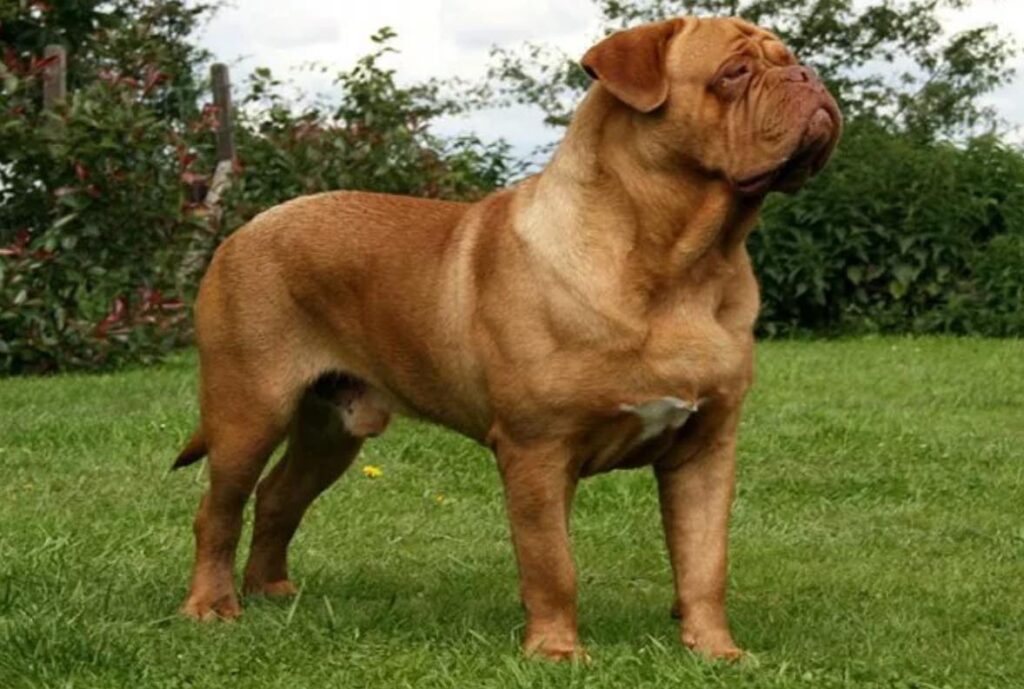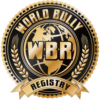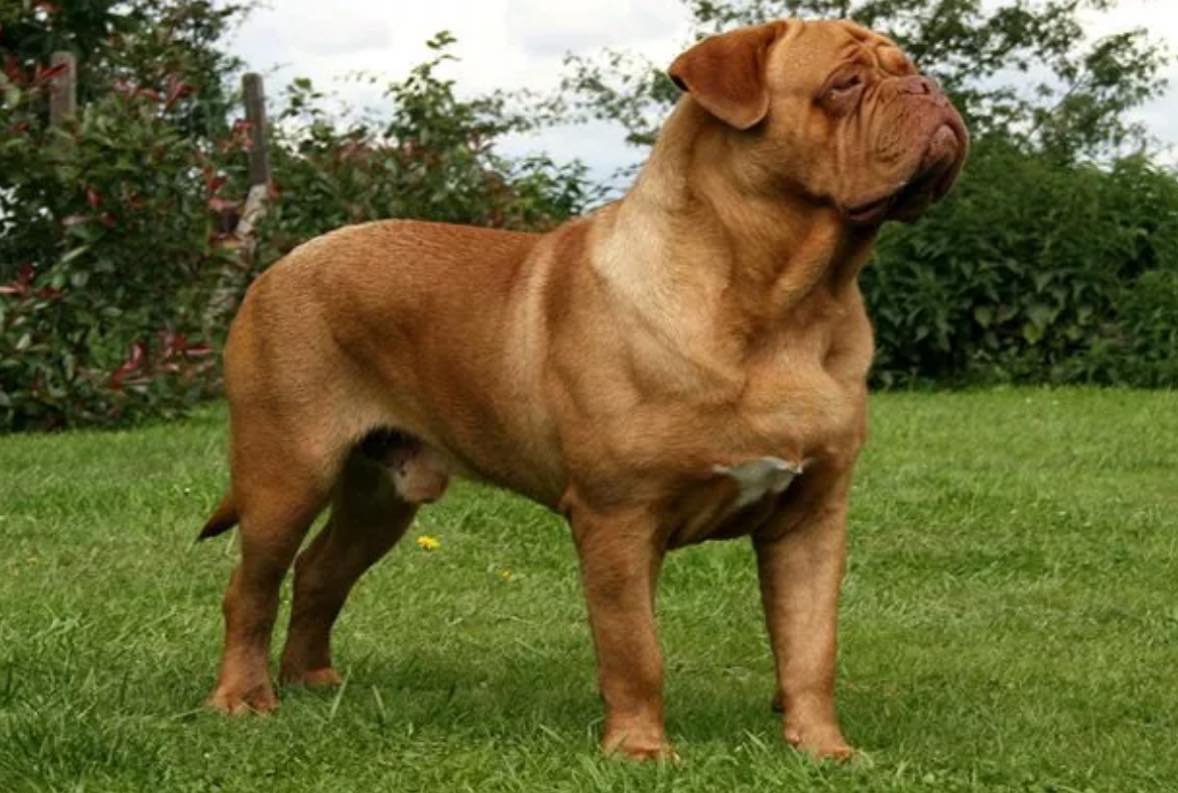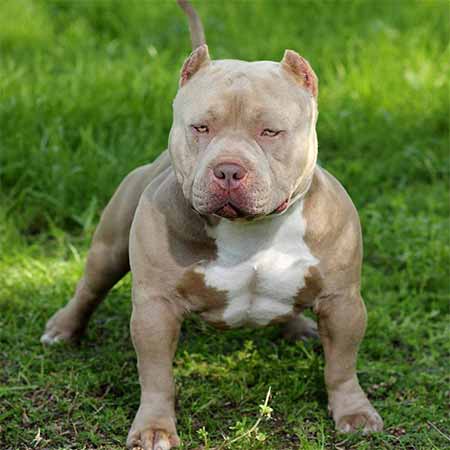
American Bulldog
The roots of the American Bulldog can be traced back to ancient times, with a significant presence in the Southeastern United States, particularly Georgia and surrounding states. Arriving with early English settlers in the 18th century, the breed became integral to farm life. The modern American Bulldog, recognized for its grit and athleticism, served as a versatile farm utility dog, adept at handling wild boars, livestock, and guarding against trespassers. Valued for its temperament, it seamlessly integrated into family life as an “estate dog” or “farm utility dog,” embodying essential traits.
In the 1950s, John D. Johnson initiated the breed’s modern era by collecting Bulldogs from Georgia, promoting them as the American “Pit” Bulldog. By 1985, the “Pit” was dropped to avoid confusion with the American Pit Bull Terrier. Johnson penned the breed standard decades ago, witnessing minimal changes over the years. However, we believe that the current standard doesn’t fully represent the diverse American Bulldog gene pool.
Breed Standard
General:
The American Bulldog is a robust, muscular dog with a slightly longer than tall body. Notable for a large head and broad muzzle, it may have various ear types and a docked or natural tail. Solid colors, white with patches, and brindle are accepted. Males are typically larger. Honorable scars from field work are not penalized, and the breed should be assessed as a working dog.
Characteristics:
Essential traits include power, agility, confidence, and a large head with strong jaws. A gentle family companion, it must also be fearless in facing challenges. Standoffishness with strangers in young Bulldogs is common but should not be penalized.
Head:
Large and broad, the skull is flat, deep, and broad between ears. Muzzle is broad and thick, tapering slightly. Powerful jaws and well-defined stop are essential. Acceptable bites vary between standard and bully types.
Neck:
Muscular, with a slight arch, the neck must be long enough for leverage but short enough for power. A slight dewlap is acceptable.
Forequarters:
Strong shoulders and heavily boned forelegs. Forelegs may incline slightly inward. Pasterns are short and powerful.
Body:
Deep, moderately wide chest with well-sprung ribs. Topline slopes slightly downward. Short, broad loin and moderately tucked-up flank.
Hindquarters:
Well-muscled and broad hindquarters with balanced angulation to forequarters. Thighs are well-developed, and rear pasterns are well let down.
Feet:
Round, medium-sized, well-arched, and tight feet. Splayed feet are a fault.
Tail:
May be natural or docked, with a preferred thick, low-set natural tail reaching the hock joint. Any tail carriage is acceptable.
Coat:
Short, close, and varies from soft to stiff. Length should not exceed one inch. Longer coats or feathering are faults.
Color:
Any color or pattern is acceptable, excluding solid black, solid blue, merle, tricolor, and full black masks. Less than 10% white markings is a serious fault.
Height and Weight:
Varies widely but should be powerful and agile. Leaner for standards, thicker for bullys. Desirable height: 22-27 inches for males, 20-25 inches for females.
Gait:
Effortless, smooth, and powerful trot with good reach and drive. Backline remains level, and legs move straight without interference.
Disqualifications:
Cryptorchidism, viciousness, extreme shyness, cowardice, unilateral or bilateral deafness, difficulty breathing, wry jaw, overshot bite, crossed eyes, eyes of different colors, coat longer than one inch, albinism, solid black or blue with no white markings, tricolor, merle, full black mask.


